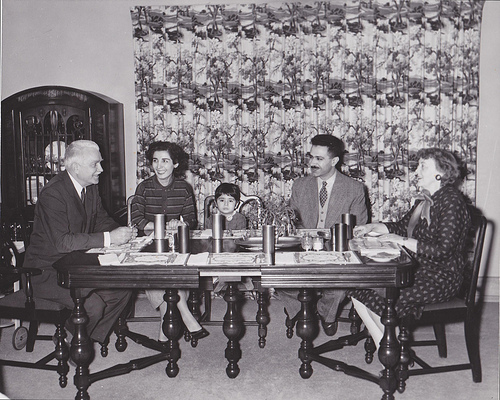37signals, business acronyms and screwdrivers
 Wednesday, February 27, 2013 at 07:21AM
Wednesday, February 27, 2013 at 07:21AM  I want to lift the lid up on a business acronym ‘Value Propositions’. In the creative industries we tend not to be a fan of ‘business speak’ as it can appear generic and irrelevant or something that only corporate companies should have on their agenda.
I want to lift the lid up on a business acronym ‘Value Propositions’. In the creative industries we tend not to be a fan of ‘business speak’ as it can appear generic and irrelevant or something that only corporate companies should have on their agenda.
However, ‘value propositions’ is one of the most important ones out there as it is shapes the centre of any business and is the key to growth. I wanted to share with you the latest thoughts and application of this, as once understood this could be one of the single and most important things you can uncover about your company.
What is it?
A simple definition is that a value proposition is a promise of value and the belief from the customer about they will experience. It goes beyond what a customer needs to the functional, emotional and social job that needs to be done.
Poor analogy alert - You may need a screwdriver but the job you are trying to do is putting up a piece of self-assembly furniture and a variety of screwdrivers or even a drill could do the job. When you identify customer needs, these can be broadly defined in relation to existing products or services. But, by focusing on ’jobs to be done’ you are looking beyond what type of products people are currently using to what they are trying to get done in their lives. Mark W Johnson tells an interesting case study in his book ‘Seizing the white space’ about a shop selling milkshakes and rather than asking customers what flavours, thickness they need to asking why are they buying milkshakes, what job is it doing for them. It might look like a strange question but this subtle difference can dramatically change the results.
What are the benefits of having one?
Instagram grew to 2 million users in 4 months, something not even Facebook could do. But when it first was created it was called Burbn and had a variety of features but it didn’t manage to communicate its value to customers. By both simplifying the product and creating a proposition that enables ‘users to share beautiful photos quickly’. People got it, and used it.
Having a VP (value proposition) can differentiate you from competitors, show specific benefits and it shows your customers why they should purchase from you, rather than anyone else. More importantly, it can keep you relevant by updating your business model, offer customers what they want, move away from outdated models and uncover new business models.
Here is a series of questions I have used with a variety of different companies which can start the process of uncovering your value proposition.
• What do you offer to customers?
• What type of value or benefit (e.g., cost savings, time savings, revenue increase, customer/employee satisfaction) do you offer?
• Who you are offering that value to?
If you were to research VP’s you would notice that few people agree 100% on what one looks like. Some describe it as an evaluator pitch, some others as a longer statement.
If you can answer these above questions then you are on your way to build your Value Proposition. Each business is different; therefore every value proposition should be different. It doesn’t matter whether it is one sentence or a short statement. As long as it is; simple, free of business jargon and true to what your customer’s value. There is a reason that many companies can co-exist in the same industry because they offer a unique proposition to a unique set of customers and therefore, each of their VP’s should be different.
37 signals have a great example of a value proposition on the front of their website. It talks about what value they are offering to their customers and what pains they are diminishing and have incorporated it into their three main products.
'Making collaboration productive and enjoyable for people every day. Frustration free web-based apps, sharing information, and making decisions.'
In the next blog I will share with you a tool that allows you to delve deeper and discover what is valuable to your customers.



